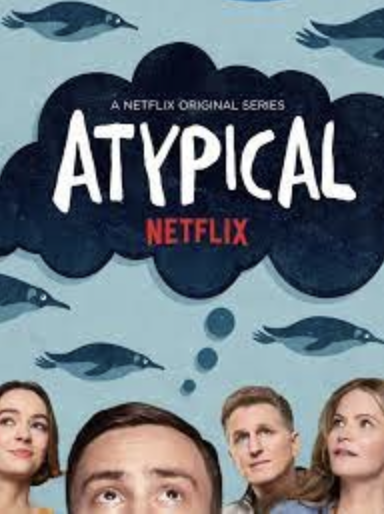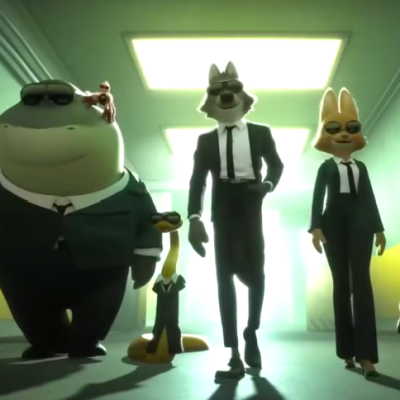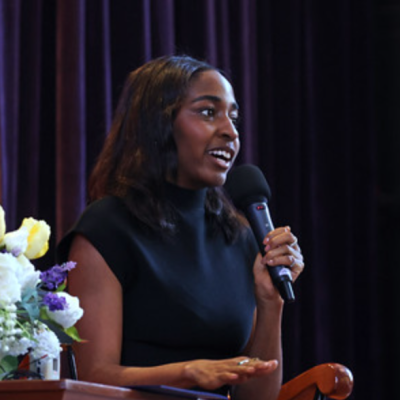“Atypical” is a big stride for representation
The Netflix show “Atypical” follows Sam, an 18-year-old who was diagnosed with autism at age 4. As someone who has struggles revolving around neurodivergence, I found this show to be a great reminder of what many other kids and adults deal with, and more specifically with navigating school, family, and other everyday aspects of life. While I myself do not have autism, I felt I could relate with Sam about how our minds are wired differently and the difficulty of having stereotyped and wrongly portrayed representation, if any at all. With this in mind, I understand that people with autism may have taken the show in a different way and feel it doesn’t cover their situation, which is 100% valid especially since the main thing people with neurodivergence have in common are different mindset and way of processing things from neurotypical people.
Something that made “Atypical” different from other shows and made me feel more connected was how they would zoom out and show that there were a lot of other big issues in Sam’s life like his sister moving schools, his parent’s marital issues, and opportunity deadlines. I found this helpful in displaying how life still goes on and just how much taking time to develop skills and strategies can get overwhelming.
I would say overall this show’s portrayal of neurodivergence was done well, not glorifying it, not enforcing stereotypes but making it realistic by showing the struggles and wins people on the spectrum have. The main issue most people online had about the show was that they felt the show was that the autistic representation the show offered was the most basic overdone portrayal of autism, and didn’t show how diverse autism can look from person to person.
The show responded well to criticism for not hiring autistic actors to play autistic characters, in the second season they brought on a group of eight actors on the spectrum in partnership with the Miracle Project. Renee Fabian wrote an article in 2019 for The Mighty and includes an interview with Spencer Harte, one of the autistic actors brought on in season two. Harte talks about her pleasant experience on the show as a person with autism. To her, the show was important because of how positively they portray autism and how many of her friends with autism deal with the disorder similarly to the main character on the show, and how the neurotypical actors worked hard to learn how to accurately play a neurodivergent character. The show really tried to make an effort to make it realistic and appropriately depict autism as we can see with the main actors.
In an article from 2020 by Joo-Young Lee, M.D., M.S. and Zhuoheng Deng, M.D. in the American Journal of Psychiatry Residents’ Journal, the authors talk about how this type of autistic representation can be taken and bring up a very important concern: ‘“Atypical” has its limitations. It received negative feedback from the autism community about a neurotypical actor playing Sam and the lack of actors with ASD. There is also concern that comical scenes in “Atypical” might make its viewers laugh at rather than with Sam.”’ This adds to the fear that poorly portrayed autism on screen could widen for people to misunderstand autism and cause harm to autistic people on a personal level.
Even if that’s not what the directors, writers, or producers intended, there’s still no way to prevent viewers from making fun of Sam’s struggles, which many people in real life have to deal with. I was excited to see a neurodivergent character on the big screen, but there were still many worries about other people’s reactions and if it would negatively contribute to the stigma already there about mental diversity.
In season one of the show it’s heavily implied that Elsa (Sam’s Mother) has been there for Sam through his diagnosis and values her place as Sam’s helper to make him feel comfortable, but as the episodes go on she starts feeling tired and finds herself wanting time to be her own person instead of just a mom of a child with special needs. She starts taking more time for herself, and as Sam’s sister and father become his main support system Elsa starts to feel left out, and worries about Sam navigating the world even though he wants to be independent.
This continues into the second season, as Sam strives to grow by himself, dealing with change, this sort of positive fear-facing behavior without trying to change who he is, is what “Atypical” did particularly well, giving reassurance to people in similar situations and a clearer outlook for those who aren’t well versed in how neurodivergent people can grow and blossom.
While there’s still lots of work to be done for the media to be able to represent how different and varying autism can be, shows like “Atypical” are proof of the progress already made and to be made for people to understand how to correctly portray neurodivergent characters.










